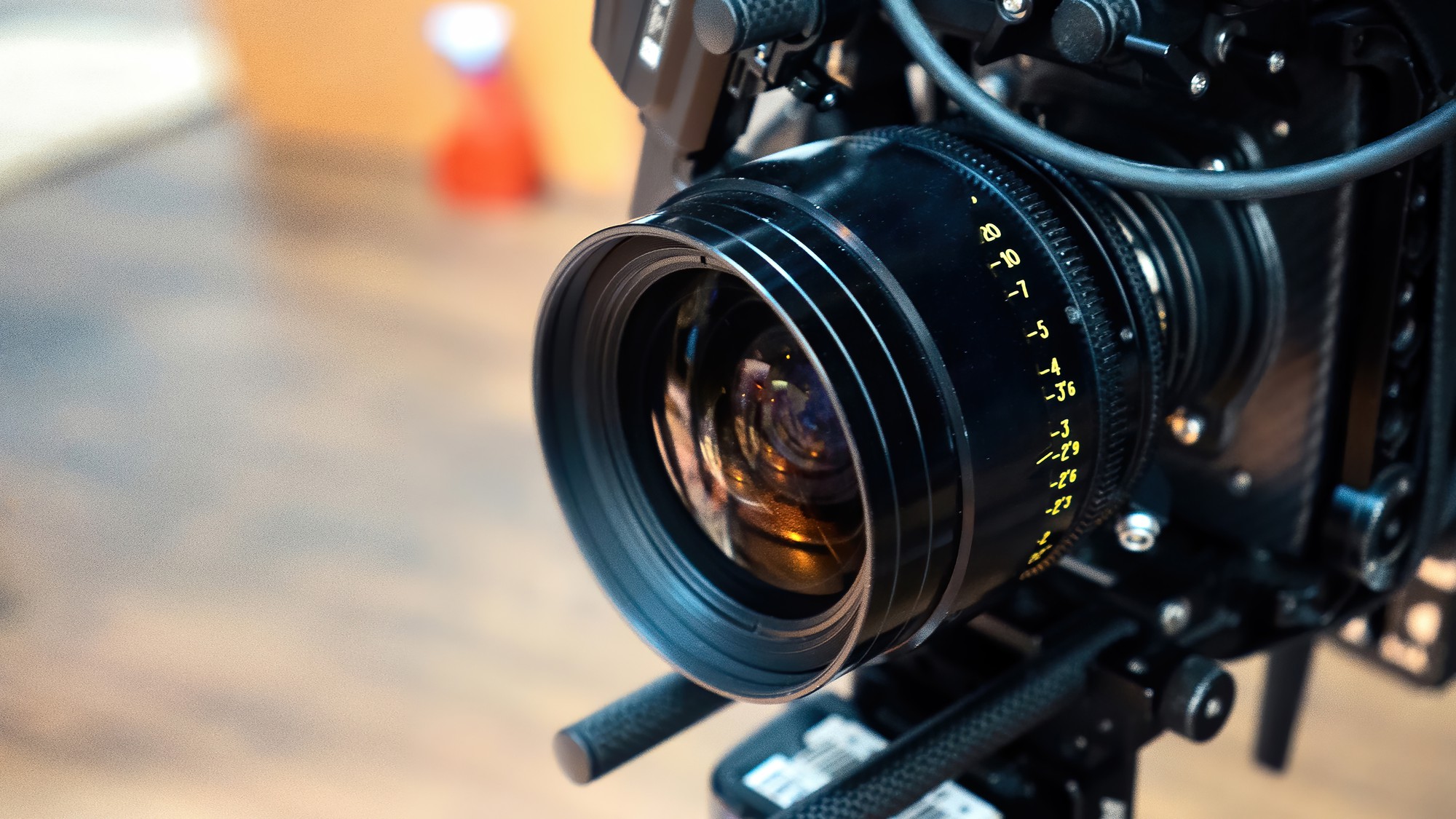Filmmaking does not have to be difficult, burdensome, or unduly reliant on equipment. What important is communicating the necessary information to those who need to hear it?
Frequently, our preoccupation with manufacturing prevents us from genuinely creating. When you begin to feel like it, keep it in mind.
Find Your Place
Find a location that you can shoot repeatedly, one that doesn't take much setup and where you feel comfortable. You want a location where you ENJOY spending time. What is the use of constructing an elegant studio if you detest working there? You will never record if you don't want to be in a spot in the first place.
Do you have a sofa that you like sitting on? Excellent record here! If you are in your environment, you will be more at ease in front of the camera, allowing you to be yourself. Do you dig? Find a place you have access to that meets these requirements (the more, the better)
Peaceful
readily available
A plain backdrop
Easily illuminated (if you have lights, this is not a problem, but if you don't, you'll need windows).
Does not take much planning or assembly.
Select Your Device
Now that you know the recording location, you must be able to record! Grab your camera.
If you don't have one, videotape yourself with your smartphone or my preferred camera.
Ideally, your camera should:
A wide lens
Auto-Focus mode
External audio attachment
Internal audio recording
A portable screen
Possess shooting modes other than fully automatic
As said in the introduction, KEEP IT SIMPLE. If you don't have a nice camera and lens, or if you have, but you don't know how to operate it, what do you do? Grab your phone now.
Operating audio
You should ideally be able to capture external sounds. Either a shotgun mic if you are stationary or a lav mic if you constantly move while recording. The great object about this setup is that you will be so near the camera that you can place the microphone on the camera's shoe.
Adjust your audio levels such that when you talk at a comfortable volume, they fall between -12 and -3 dB. You'll pick up a great deal of ambient noise, much louder, and you risk clipping your audio.
Lighting
This is a subject in which it is easy to get lost in the weeds; let's avoid that. You must do one of two actions. The film uses either natural or artificial midday lighting. Regardless of the situation, it is essential to provide a gentle light. To do this, the source should be as near and as soft as feasible.
"How can you create a light that is both near and soft?" I hear you asking. Well, that's simple: expand. Are you utilizing a window? Cover it with a shade, sheet, or clear shower curtain. Are you utilizing a light? Use a softbox if you are fortunate enough to have access to one!
Now that you have a large, soft light that illuminates you properly, ensure that the backdrop is either dimly illuminated or not so black that you stick out like a beacon in a storm.
Setting and Framing
This is the video production facility, so let's get to work. The more precise your pre-production work is, the better the outcome and the smoother your post-production procedure.
Before we discuss composition and camera settings, take a moment to ensure that your "set" is ready to go. We'll double-check this in a moment, but you should ensure that the backdrop is at least somewhat developed. Nothing too hectic or distracting? No intense reflections or glares in picture frames or mirrors? Oh, so it is? Could you fix it? Good now? Let's proceed.
The first thing you will want to frame is the shot. Adjust the camera at eye level (slightly slanted downwards or directly on) and with minimum headroom at the top of the frame, sitting or standing anywhere you like. You want just enough so that if you move or lean slightly forward, your head is not cut off, but not so much that you seem unnaturally low in the frame.
Next, you must position yourself inside the frame. You should center yourself if you are speaking directly to the camera. If text must be seen on screen, position yourself near the one-third point of the frame.
Now that you have the composition ready, if your camera supports it, utilize the following settings:
Manual Mode
1080p or 4K resolution
30 frames per second (fps)
Double your frame rate (1/60) when calculating your shutter speed.
Aperture: Depth of field is shallow (f4-f2.8)
ISO: as low as possible while maintaining visibility
Customize the White Balance temperature (generally around 5400-5600K)
Okay, the camera is ready; let's lock in the composition. Take a look at what the camera captures (if you cannot do this, record a test and play it back). Are framing and settings good? Are you in the zone? No? Modify the lighting, framing, and camera settings as needed.





